The content of the article
A boa constrictor belongs to a group of reptiles that differ from poisonous reptiles in the way they obtain food. As can be understood from the names of the individuals in question, boas do not cause bite damage. They capture the victim and deprive her of breath through a special capture. The relatives of these snakes, to which the anaconda and python belong, act in a similar way. Today, there are about 60 species of individuals, but we will consider an ordinary boa constrictor.
Spread
- Starting to study the characteristics, it is impossible not to affect the distribution and territorial habitat of these individuals. Their number is quite large, respectively, and the territory of the boa constitutes decent. Most snakes are on the Antilles, as well as in Central and South America.
- As for the way of life, it directly depends on which zone the snakes live in. Some people prefer to settle in humid climatic regions near rivers and canals. The others like mountainous terrain, dry shrubbery and valleys.
- Individuals who love tropical conditions live in arid places where it hardly rains. Their brethren, on the contrary, choose forest areas where it often rains. From all of the above, one can understand how versatile the habitat is.
Description
- This variety of reptiles is large. Females are larger than males, all snakes in adulthood reach a length of about 5 m. Individuals of female gender are not as bright as male representatives of the group.
- Males are less overall, but at the same time saturated and sophisticated in terms of color. Their head stands out against the background due to its relief. Male individuals have genital spurs; they use them when the mating season begins.
- By color, the presented individuals are multifaceted, it all depends on the habitat. If the boas live in captivity and are bred by crossing, it is difficult to say for sure what their final color of the hull will be. Since the cross is carried out with the imperial and dog-headed snakes.
- Also, individuals living not in the natural environment are smaller in terms of overall features. They are often taken for breeding in order to obtain new and new species in the future. In the natural environment, such manipulations will never occur, because species are scattered across different territories.
Differences
- It has already been mentioned that male and female individuals are somewhat different from each other. However, it is impossible to say that the differences are enormous. So, for example, males are famous for their dense body in the middle. Their tail is also thick and strong, conical.
- Females have a shortened and not so clear tail. There is no seal at its base, the format is plain, flattened. As for the dimensions, females look powerful and intimidating, they are larger. The color of females is dull, males are saturated.
Lifestyle
- It has already been mentioned that in terms of biotope selection these snakes are very different. Some people like to live on high slopes, up to 2 km. above sea level. Others like light forests, foothills, and rocky lowlands.
- Tropical species seek shrubbery areas with large vegetation or settle in a humid environment near rivers, tributaries, lakes, various water sources of other origin. Some bold specimens calmly exist on the outskirts of cities and settlements.
- For these snakes, it is imperative that there is fresh water nearby.Boas are excellent sliders, they can easily climb the tallest tree. In some areas they live there. Others prefer to dwell on earth.
- The hunt begins at dusk or early in the morning, when the sun is not yet very fried. He prefers to spend the rest of the time in crevices, rocky slopes, as well as other shelters, in order to hide from all kinds of eyes. Boas love to swim and do it well, being in the water for a long time.
Nutrition
- Some locals living in Central and South America specifically make boas so that reptiles hunt rodents. It can be said that for snakes this is excellent. The rest of the diet is varied.
- In addition to rats and mice, boas lie on amphibians and birds, medium-sized animals, as well as small game. Daredevils get and strangle crocodiles, antelopes. The rest are hunting for possums, frogs, mongooses, lizards, birds and their chicks.
- Often the prey of the variety of reptiles discussed are bakers, packs, agoutis. Some particularly sensitive snakes can catch a bat. When individuals are hungry, they swallow turtles.
- There are frequent cases when reptiles prey on animals that approach a water source. A dog, chicken, pig, duck, etc. becomes prey. When a snake grabs a victim, it wraps around it and begins to break the bone apparatus. Thanks to this, when swallowing a boa constrictor, the esophagus will not be damaged.
- As for the diet, it is usually based on small rodents. This can be jerboas, hamsters, mice and gerbils. In addition, the boa constrictor feeds on small birds, such as sparrows and wagtails. This snake does not mind eating lizards, black beasts and locusts.
- When the boa goes hunting, it crawls into burrow holes for rodents without any problems. The latter become a victim and can not be saved from this. The boa grabs the prey with its teeth and kills it by squeezing its powerful body.
- Boas living in the wild in the Amazon are capable of swallowing very large prey. Giant individuals can hunt prey weighing up to 60 kg. Most often these are antelopes, small deer and wild boars. In addition, boas can hunt young individuals and larger animals.
- The considered individuals differ from other reptiles in that they often hunt in almost complete darkness. Boas have special receptors that are located between the eyes and nostrils. They are especially sensitive to heat. Due to this feature, snakes are able to notice prey even at a distance.
Breeding
- Represented individuals reach puberty at the age of 4 to 5 years. The mating period largely depends on the habitat of the reptiles and the species to which they belong. The surprising fact is that boas can be pregnant for 5 to 10 months.
- During the mating season, such snakes practically do not feed. Moreover, at such a time around one female there are constantly several excited males. The latter arrange peculiar fights between themselves. They bite and push to win the female.
- After one winner is left, he continues to look after the female throughout the day. The male begins to rub against her and slightly pricks her with his claws, which are located near the anus. As for mating, such a process occurs on land or a tree. It may depend on the species of boas.
- Almost all reptiles of this species are ovoviviparous. In another way, this can be explained by the fact that snakes simultaneously show signs of live birth and egg production. At the time of pregnancy, the female eggs develop inside the body. However, she is in no hurry to put them off. For example, pythons carry eggs in their womb.
- At this time, the embryos feed on the necessary substances that are present in the egg yolk. This indicates that such a process is in no way connected with the metabolism of the mother. Over time, the young hatch from the eggs, while still in the womb. As a result, young animals are born full-fledged small snakes. After 4 days, the umbilical cord disappears.
- In addition, there is a kind of boas that lay eggs. Depending on the species, reptiles can bring cubs from 2 to 60 pcs. At the same time, their body length is about 45 cm. Almost immediately after birth, young animals begin to lead an independent life. For the first time, they grow quickly.
Boas are one of the most common and popular reptiles that people give themselves as pets. These are relatively safe snakes, if you can handle and train them. Therefore, if you are going to get such an animal, be sure to prepare for it.
Video: Boa constrictor

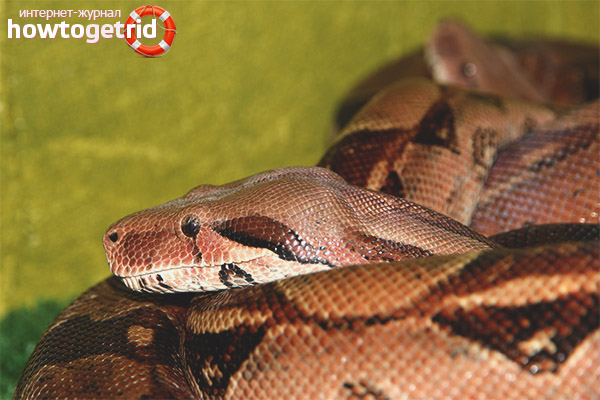

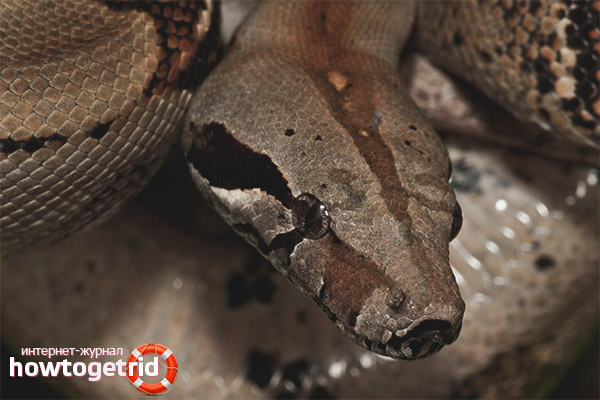

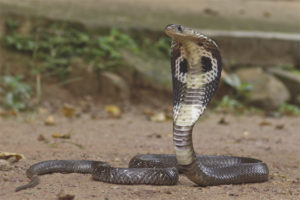
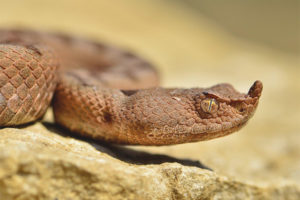
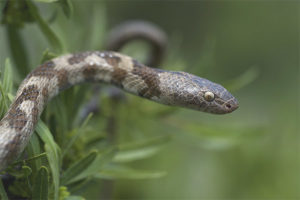
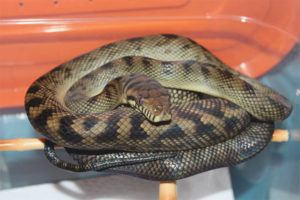
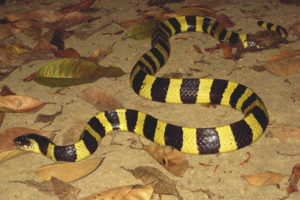

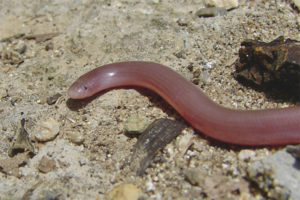
Submit